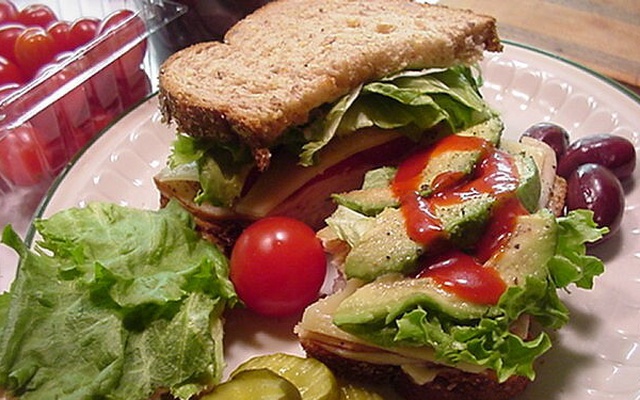French dressing, in consumer-facing American cuisine and store-bought products in the United States, is a creamy dressing that varies in color from pale orange to bright red. It is made of oil, vinegar, sugar, and other flavorings, with the coloring derived from tomato and often paprika. It exists on a spectrum between Russian and Catalina dressing.
In the nineteenth century, French dressing was synonymous with vinaigrette, which is still the definition used by the American professional culinary industry. Starting in the early twentieth century, American recipes for French dressing often added other flavorings to the vinaigrette, including Worcestershire sauce, onion juice, ketchup, sugar, and Tabasco sauce, but kept the name. By the 1920s, bottled French dressing was being sold as "Milani's 1890 French Dressing", but it is not clear whether it included ketchup at the time.(better source needed) The modern version is sweet and colored orange-to-red from the use of paprika and tomatoes. French dressing is generally pale orange and creamy, while Catalina French dressing is bright red and less creamy. On the Mississippi Gulf Coast, it is a common practice to dip pizza in Catalina French Dressing.
Common brands of French dressing in the United States include Annie's, Bernstein's, Dorothy Lynch, Heinz, Ken's, Kraft, Newman's Own, Marzetti, Wish-Bone.
